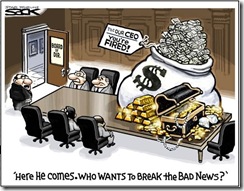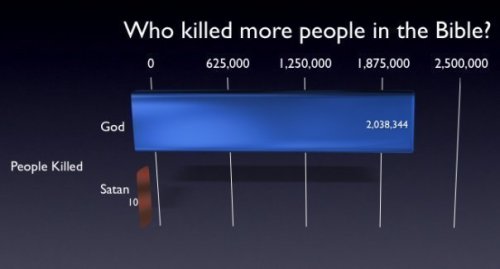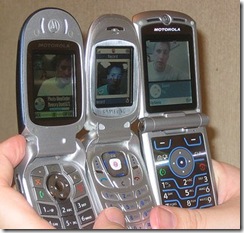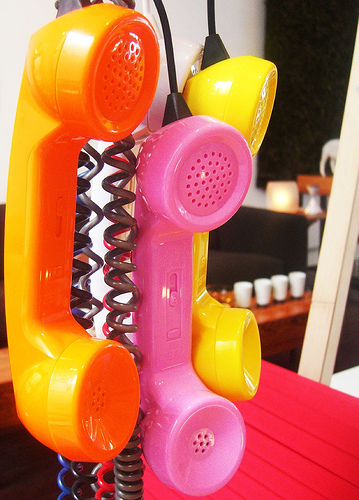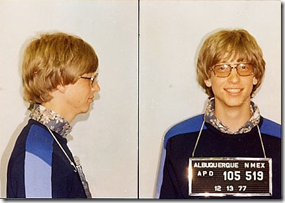 (this might be a little too geeky for some of you, sorry. It just seems like everyone and their mom is getting a twitter account, like it’s the next facebook or something, so I figured it was time for me to chime in with a little rant)
(this might be a little too geeky for some of you, sorry. It just seems like everyone and their mom is getting a twitter account, like it’s the next facebook or something, so I figured it was time for me to chime in with a little rant)
I am not impressed with Twitter. When I heard about the concept, it seemed interesting. This was my understanding. Basically it was a social network of individual mini-blogs. Everyone was limited to keeping their blog post to just 140 characters and the focus was to be on answering the question “What Are You Doing?” It wasn’t terribly unique or anything, but it’s been catching on. Why the 140 character limit? Well, that’s about the size limitation of a standard SMS Text message. This is unique. The goal, or so I thought, was to create a blogging platform and social network so that you could update your status from your mobile phone, wherever you are. In turn, you could also receive updates from your friends that you choose to follow on your phone as well. Neat. And when I got a phone with an unlimited text messaging plan I decided to give it a shot. But a few months in and I realize, twitter wasn’t for the simple Text messaging plan user like me. The actual platform and site itself isn’t geared toward or friendly toward simple SMS users and thus the community and users that make it up aren’t friendly toward typical SMSers either. No, this is an elite crowd of blackberry, iPhone and G1 users, the truly geeked out ones among us.
Here’s 4 reasons why Twitter isn’t for the SMS user:
- There is very little mobile following options. Your only customization is to choose the time of day that you can receive tweets, allowing you to block off the evening when you don’t want to be available (or maybe the work day). You can’t block off multiple sections, only one.
- You can’t customize your following. Following on your mobile device simply means you receive a text every time they post. You can’t filter, limit, or sort your incoming messages at all. If I’m on my mobile phone without internet I’m not interested in getting tweets that have links in them, which leave me totally in the dark as to what the message was about.
- There is no ‘smart’ reply abilities. Facebook mobile is great at this. When I get a text message that someone updated their status, I can hit reply and leave a comment which will post to that unique status update. Facebook does this with unique addresses for each text message they send. If Twitter did this I wouldn’t have to type @username everytime I wanted to reply to someones tweet. I could just hit reply and it would add the @username for me.
- I can’t get @replies on my mobile from people I’m not following on my mobile. Unless I follow everyone who follows me on my phone, I’ll miss lots of @replies to my tweets, rendering the ‘realtime’ usefulness of twitter, well, rather useless.
And the non-text message friendly environment has created a non-text messaging friendly community:
- It seems the vast majority of twitter users have iphones, G1’s, blackberries and other phones with mobile web apps. So, they aren’t even using text messaging generally, rather a simple mobile version of twitter. So, why the 140 character limit?
- Nearly half the ‘tweets’ I get from friends contain links. That’s not a problem for most since this community also has internet access on their phone and can follow the links wherever they are. Whether it’s a news article or a picture, getting a message with a link on my mobile is pretty useless. It also brings up the fact that twitter, along with ditching the 140 character limit should allow images too.
- Twitter functions like a RSS reader or inbox to most. The messages don’t come through the same avenue as say a phone call (where as tweets sent to my mobile are mixed in with important personalized texts), so most users simply check their twitter stream in between things, when there is some down time. It’s useful in this sense.
Now that that’s out of the way…
The truth is I’ll probably still use twitter. There are enough hacks, tweaks and third party apps to make it semi-useful for me, but the bigger reason is because there is an actual niche community out there (and I need some adult connection during the day). I probably won’t be as interactive on it as most, but it will probably morph into my mini-blog of status updates running around chasing toddlers. And maybe twitter will get their act together and provide a quality service to the SMSers they seemed to originally be aiming for.
